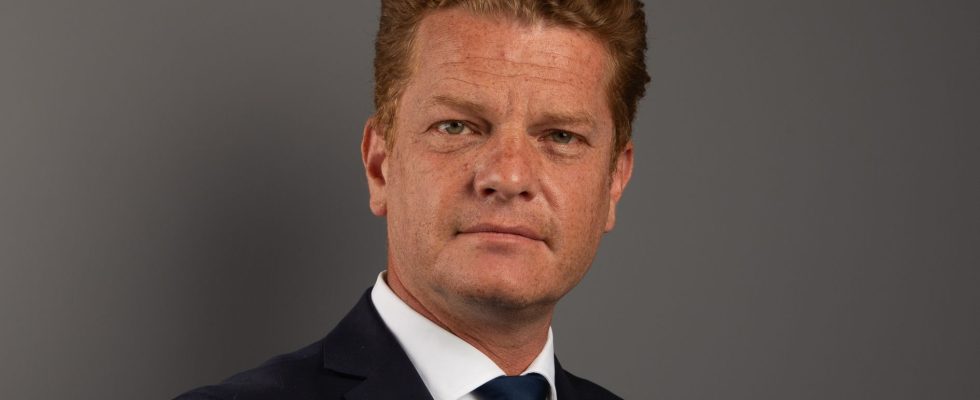L’Express: The CAC 40 increased by 14% in the first half. How can we explain the strength of the stock market during this period?
Eric Bertrand : Stocks had already rebounded strongly in the last quarter of 2022, but many institutional investors, burned by the decline at the start of the year, were unable to benefit from it. From January 2, 2023, they rushed to buy. Moreover, most of the increase was achieved during the first six weeks of the year.
Furthermore, while the Ukrainian crisis, coupled with the rise in interest rates, had led to fears of the worst, the winter ultimately passed without incident thanks to mild weather and the rapid adaptation of businesses. In particular, they succeeded in increasing their prices and thus maintaining their profits. It is this astonishing resilience that has carried the markets.
Central banks have increased rate hikes over the past 12-18 months with the aim of curbing inflation. Is the objective achieved?
When Covid came out, everyone started buying the same goods at the same time, which created pressure on prices. Central bankers were not worried, however, because this was a transitory phenomenon. The problem is that we then experienced a second wave of inflation stemming from the Ukrainian conflict which triggered a major energy crisis, which spread to the entire production chain. At the same time, growth has tightened the job market, causing wage increases. These lasting elements have led central bankers to forcefully raise rates. Today, they have managed to bring them back to a level that slows growth without causing disaster. In this sense, we can say that they fulfilled their mission!
Now the question of dosage arises: where will they stop? In the United States, we are close to the end, as core inflation (excluding the most volatile elements, such as energy) has started to decline. In Europe, it is less obvious, because the latter is only just starting to stabilize.
Is the resistance of growth sustainable?
Activity and employment are very resilient, especially in the United States. Many economic agents have taken on debt at a fixed rate and cannot yet tolerate the rise in interest rates. This will only happen when they are forced to renew their loans. It usually takes 12 to 18 months before monetary policy has an effect on activity.
We are therefore today on a peak path, with two possible scenarios. Either activity continues and everyone adapts to high interest rate levels, in which case we can still hope for gains on the stock market. Either these measures lead the economy to slow down more sharply than expected. For the moment, we are still waiting: we will have to monitor company results in the next two quarters.
What asset class do you currently favor?
The good news is that we have regained performance. The risk-free money market rate is today at 3.75% in Europe and 5.25% in the United States, so investors are being paid to wait. There’s no need to rush!
Second observation, bond risk seems well remunerated today. So-called good quality corporate debt (noted investment grade) offers 4.25% yield, and the high yield intermediate (high yield speculative debt) pays 6.5%. Levels close to the expected earnings of stocks over the long term, dividends included.
Is there any potential left in the shares?
By mid-February, the markets had achieved the performance we expected over the entire year. We therefore reduced our exposure in favor of high-yield speculative bonds. Currently, we are cautious. We will return to the shares if prices fall – in the order of 7 to 10% – because we believe that there will then be opportunities to seize.
What would be the worst case scenario?
A resurgence of inflation which would force central banks to restart a sequence of rate increases. This hypothesis is not at all anticipated by the market; it would heavily penalize risky assets.
